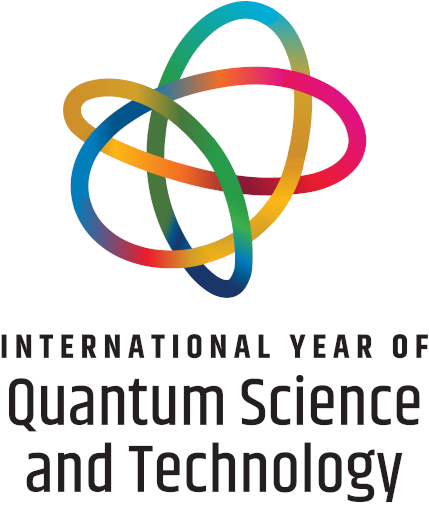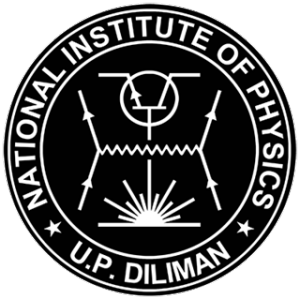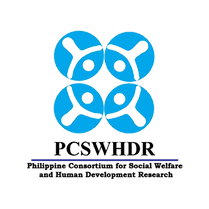Establishing the continuity of Metro Manila bike lane networks
Abstract
Active mobility, including walking and cycling, promotes public health and helps reduce traffic congestion. In prior work, we introduced rider-centered metrics to assess walking requirements and ride interruptions across city-level origin-destination (OD) pairs using BBBike.org data. Here, we extend this approach to any area mapped in OpenStreetMap, allowing us to identify the range of the most bikeable segments within a region. Focusing on three spatial scales: Metro Manila, Quezon City, and UP Diliman; with Antwerp, Belgium as a baseline, we find that the local median bikeable range peaks at around 2 km, dropping most rapidly for UP Diliman and Metro Manila while Antwerp peaks at around 4 km, with a much slower decline in bikeability.
Downloads
Issue
Entangled!
25-28 June 2025, National Institute of Physics, University of the Philippines Diliman
Please visit the SPP2025 activity webpage for more information on this year's Physics Congress.
SPP2025 Conference Organizers
SPP2025 Editorial Board
SPP2025 Partners and Sponsors











